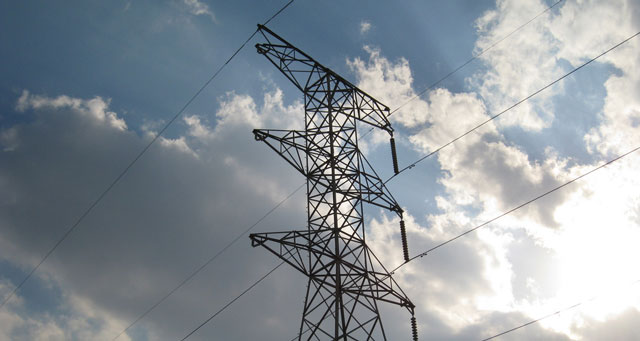
Eskom will know by September how government plans to help it remain financially sustainable, public enterprises minister Lynne Brown told MPs on Tuesday.
Addressing parliament’s portfolio committees on energy and public enterprises, Brown said an inter-governmental task team had come up with several options for Eskom’s financial problems.
“A draft report with options has been shared with us, and we are going to be receiving the final proposal soon, after which we will take this to cabinet, ideally before the end of September,” Brown said.
The power utility painted a gloomy picture of its books, telling MPs it faced a R225bn revenue shortfall, partly as a result of being granted lower-than-expected tariff increases by the National Energy Regulator of South Africa (Nersa).
“During the MYPD3 [multi-year price determination] application, we assumed certain sales growth — 2,9% — and the reality has been that we have seen quite a significant decline,” Eskom finance director Tsholofelo Molefe said.
“If you look at the 2013/2014 financial results, we have actually lost over 9 000GWh, which translates to R5,8bn rands of revenue.”
Eskom was still awaiting a decision on its application to Nersa to evaluate and approve the regulatory clearing account (RCA) balance for its previous multi-year price determination control period, between 1 April 2010 and 31 March 2013.
The RCA is a regulatory mechanism that allows Eskom to adjust for over-or under-recovery of revenue, as initial price determinations are based on projections and assumptions.
Consumers could see an increase or decrease in the price of electricity as a result of Eskom’s submission.
A tariff adjustment alone would not solve Eskom’s problems. “We believe the RCA adjustment will not be adequate to help us with our cash flows going forward,” Molefe said. “We do need to identify additional sources of liquidity for us to be able to continue with our operations.”
The state power giant would remain highly dependent on borrowing to continue its operations, and maintain the capital expansion programme.
“We do await the decision of the credit ratings agencies within the next three months, but from our perspective based on their ratings that were done just over a month ago we do see the risk that we are highly exposed to refinancing of our current debt,” said Molefe.
Eskom would continue to introduce measures to cut costs, but it insisted only higher electricity tariffs would help with its cash flow problems.
Meanwhile, Brown said a new Eskom CEO would be appointed in the next few weeks.
“I intend taking this matter to cabinet soon with a view to announce a new appointment, latest by mid-August,” Brown said in a statement. “Following this, I have urged the board to move rapidly to fill all the other critical vacant executive positions to ensure the sustainability of the company.”
Former Eskom CEO Brian Dames stepped down in March. Dames had worked for Eskom for 26 years and was appointed CEO in July 2010.
Since Collin Matjila was appointed acting CEO allegations of maladministration had been levelled against him.
According to reports in May a leaked forensic report by auditing firm SizweNtsalubaGobodo detailed Matjila’s involvement in the selling of the old Cosatu building in central Johannesburg and the purchase of the new one.
The report was on an investigation into Cosatu general secretary Zwelinzima Vavi’s role in the two transactions. Cosatu allegedly overpaid to the tune of R6,3m for the new building while the old one was undersold by at least R9m.
Matjila was CEO of Kopano Ke Matla, Cosatu’s investment arm, at the time of the sale. — Sapa




